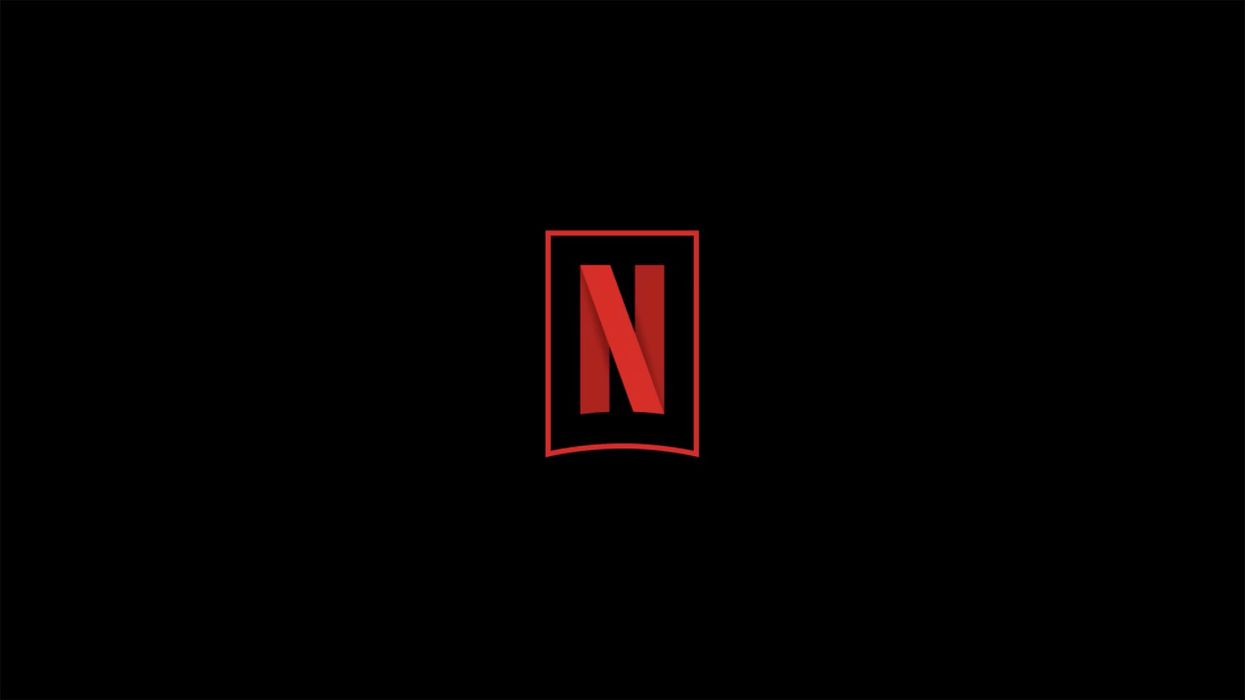Everything You Need To Know About Netflix's Approved Camera List
There’s been a lot of speculation about Netflix’s approved camera and workflow requirements. Here are some answers straight from the horse's mouth.

A recent video published by the Netflix Production Technology Video Resources YouTube Channel has shed some interactive light on the how’s and why’s of its approved camera list. But if you think all of your questions are going to be answered, you might be wrong.
Check out the video first and we’ll dive in after.
The Why
In its peek behind the curtain, Netflix brought out Kris Prygrocki, a camera systems specialist to answer the burning question we all have. Why?
The answer is one part inspiration and one part vague. Netflix says it wants its filmmakers to do the very best work that they can. According to Prygrocki, the streaming giant wants filmmakers to feel not only enabled but encouraged to use the latest and greatest capture technologies to tell their stories.
Shout out to Prygrocki for being a cool cucumber on camera, but the statement feels a bit like the marketing department smoothed over the text. So let’s see what we can dig up as we head into…

The Nerdy Bits
So how does Netflix determine what ends up on its list? Prygrocki states that a common misconception is that the only requirement is the ability to record 4K. This clearly isn’t true as evident by the fact that your iPhone 13 Pro isn’t on the list.
While higher resolution is important, it’s not the end-all-be-all. Netflix’s camera department also tests dynamic range, color reproduction, noise performance, sensor readout speed, compression, chroma subsampling, and bit depth among other things. The "other things" were unfortunately not stated. Maybe Stranger Things?
The team also uses a multitude of tests to stay objective. For example, they use an optoelectronic conversion function chart (OECF) to accurately measure dynamic range. They also communicate with the manufacturer to make sure the camera teams are using all of these capture tools in the best way possible.

The Whole Story?
As informative as these controlled tests can be, Prygrocki continues to say that they aren’t always the best way to test cameras. This is why Netflix is said to remain in close contact with all of its filmmakers and the creative community at large to get real-world data and understand what features are truly important.
The most intriguing thing that Prygrocki says is that most of this filmmaker feedback isn’t about image quality. This is why the Netflix camera teams also look at things like image and data storage stability, general camera reliability, thermal management, and even support of the file format in post software or the inclusion of proper color management. They even look at if the camera creates unique file names or supports embedded metadata such as lens info or timecode.
But what about high-speed cameras, crash cams, or even drones? There’s a lot of that in Netflix movies and all of those cameras aren’t on the approved list. So what gives?

Breaking the Rules
Well, you can’t allow for creativity and then nix a bunch of tools, can you? When manufacturers make niche gear, they always have to make sacrifices. Cause, you know, physics. But those tools oftentimes have features that Netflix-approved cameras don’t.
Which is why Netflix allows for an allotment of non-approved camera footage for use in its original productions. Legally speaking, if you shoot a movie and Netflix buys it, all of these rules may go out the window. However, Prygrocki states that filmmakers should follow some key rules when filming with non-approved cameras, such as shooting in the highest resolution possible, using the highest data rate, and shooting with a wide color gamut and log curve.

Putting It All Together
Just like with any filmmaking rules, be it in production or screenwriting, they’re all made to be broken. From everything stated above, it’s evident that Netflix not only wants the highest possible quality for its productions but also wants its filmmakers to be unburdened by the limitations of certain camera systems.
Imagine shooting on a Canon R5 and having to deal with thermal management while filming an important scene. Sure, it’s more affordable than an ARRI Alexa or Red Monstro, but you’ll constantly be fighting the gear instead or exploring the creativity in your movie.
In the end, these rules are in place to get filmmakers into the best headspace possible for creating films. But they’re also made to be broken, depending on your creative vision. So stop worrying about gear and go make the best movie you possibly can. Then do it a hundred times more until you finally croak. Happy filmmaking!











